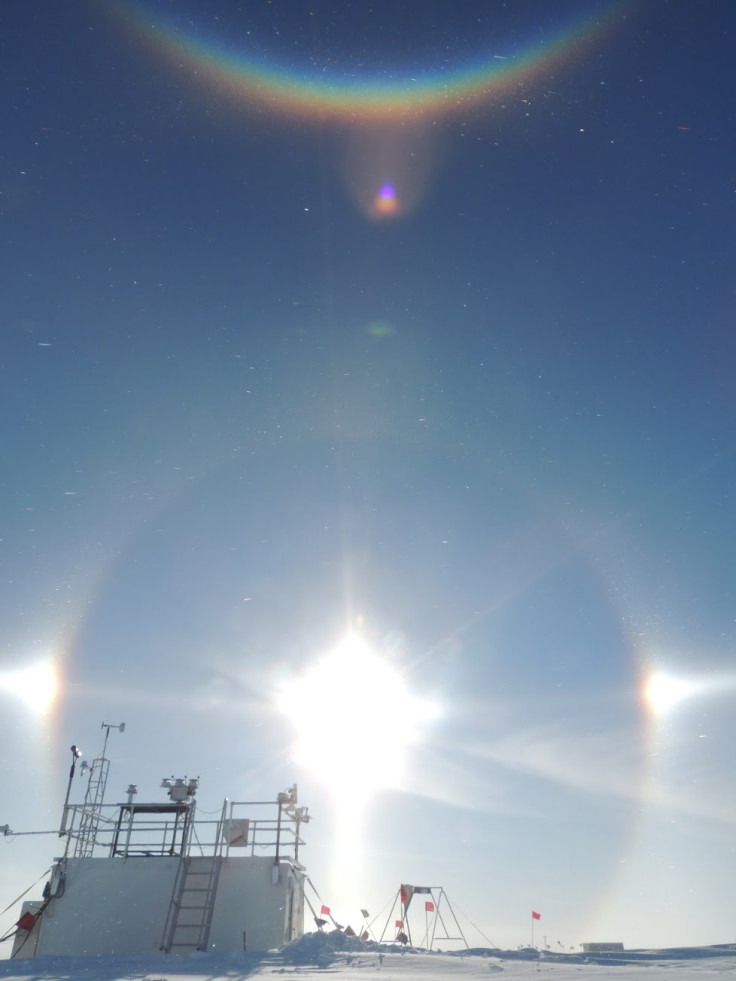West Antarctica: An area of ice twice the size of California has turned to slush
The melting was caused by an incredibly strong El Niño event, predicted to become more common with climate change.
One of the largest El Niño events of the past 50 years has partially melted 300,000 square miles of land-bound ice in West Antarctica.
It's not just the Antarctic sea ice that's melting in swathes. The ice that covers the land of western Antarctica is also suffering in the heat. In January last year – the height of the Antarctic summer – an incredibly strong El Niño event pushed warm water over West Antarctica to melt the ice. The finding is published in a study in the journal Nature Communications.
"What probably happened is that the surface snowpack was able to contain the meltwater, acting as a buffer and preventing the formation of melt ponds and streams that can be common on some Antarctic ice shelves," said Julien Nicolas, lead author of the paper, is a research associate at the Byrd Polar and Climate Research Center at The Ohio State University.
"But we cannot rule out the presence of standing water in many locations."
El Niño is a phenomenon that typically happens every few years. It's characterised by warm waters moving to the east of the Pacific Ocean close to the equator. It also sends warm air towards West Antarctica. Ordinarily, westerly winds around the continent act as a barrier to this incoming air, but in 2016 El Niño overwhelmed them.
"In West Antarctica, we have a tug-of-war going on between the influence of El Niños and the westerly winds, and it looks like the El Niños are winning," said David Bromwich of Ohio State University, who was also a study author.
"It's a pattern that is emerging. And because we expect stronger, more frequent El Niños in the future with a warming climate, we can expect more major surface melt events in West Antarctica."
The El Niño event of that Antarctic summer was one of the most powerful since 1950. Strong El Niño events are expected to happen more often due to climate change. Elsewhere, more frequent El Niño events are damaging land in Peru and causing floods in Paraguay, Argentina, Uruguay and Brazil.
West Antarctica is particularly vulnerable to such events. Much of the West Antarctic Ice Sheet sits on land that is below sea level. The floating ice shelves around the continent protect it from the sea. But as these ice sheets melt, the land-bound ice also becomes more vulnerable to warming water. If the ice sheet melted entirely, global sea levels would rise by about 3 metres.

© Copyright IBTimes 2025. All rights reserved.






















